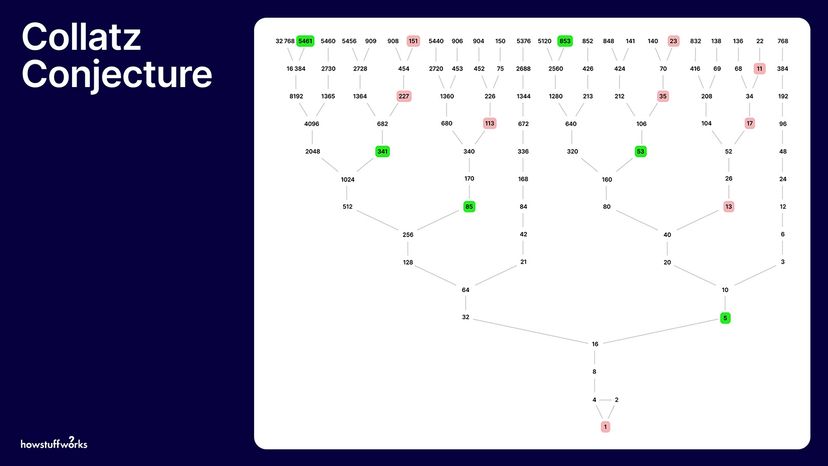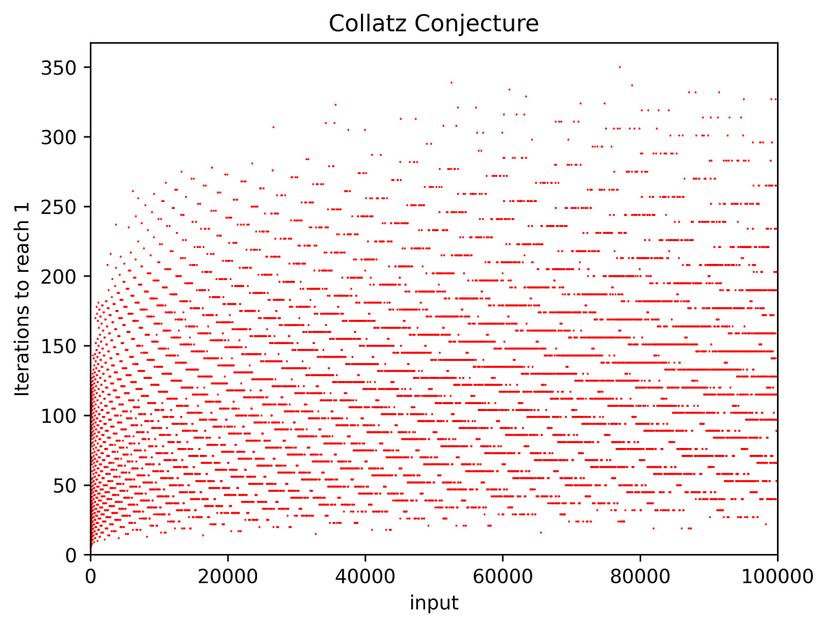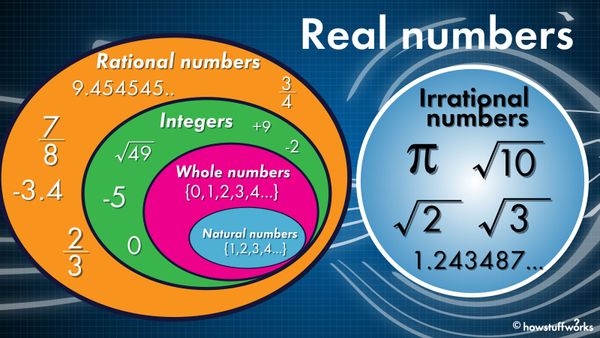
Key Takeaways
- The Collatz Conjecture, also known as the "3n + 1" sequence, proposes that starting with any positive number and applying two rules (if even, divide by two; if odd, triple it and add one) will always eventually lead to the number one.
- This simple mathematical puzzle has eluded a formal proof, captivating mathematicians for decades with its straightforward concept yet complex behavior leading to an unpredictable sequence.
- Despite its simplicity, the conjecture remains one of mathematics' unsolved problems, demonstrating the intricate nature of numbers and the challenges of proving seemingly simple patterns.
Mathematicians are in the business of solving problems. In the process of these problem-solving attempts, they explore ideas and sometimes come up with other math problems to tinker with. Some of these problems can take generations of mathematicians their entire careers to solve, and some require the help of a supercomputer. Others seem just plain unsolvable — although the general consensus is that we should be able to sort out all math problems eventually.
Advertisement


